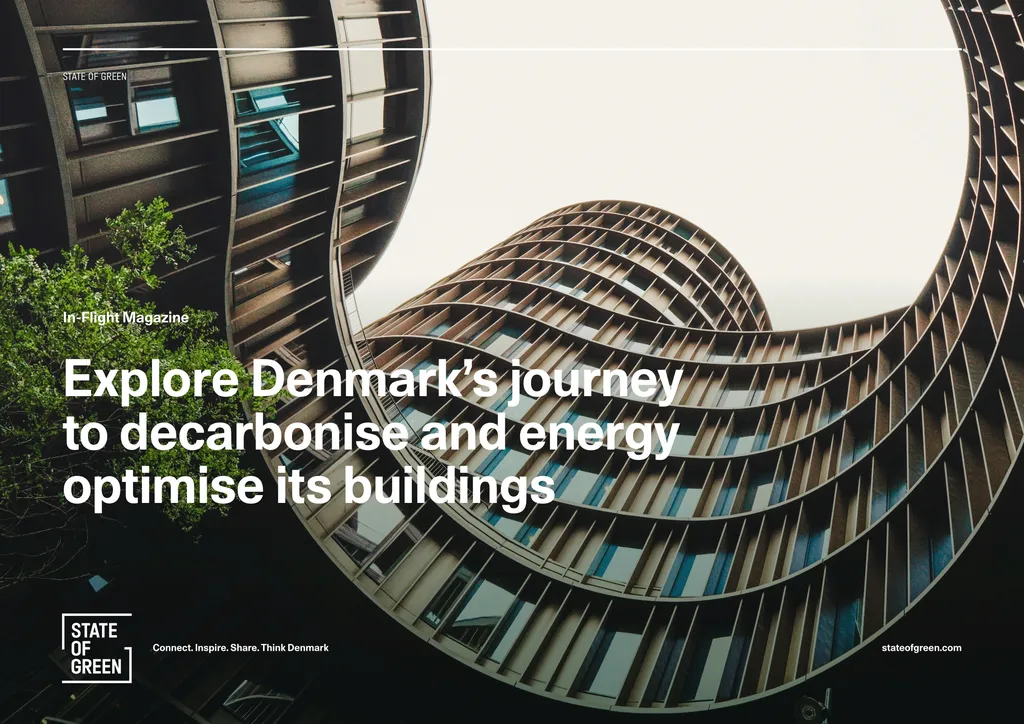In a world grappling with the urgent need to reduce carbon emissions, the building sector stands as a formidable frontier. Accounting for roughly one-third of global energy consumption and a similar share of energy-related carbon dioxide emissions, buildings are a critical battleground in the fight against climate change. A recent study published in the journal *Applied Sciences* (translated from Danish as “Applied Sciences”) offers a comprehensive review of the technologies, policies, and strategies that could drive energy efficiency and deep decarbonization in buildings. The research, led by Bo Nørregaard Jørgensen of the SDU Center for Energy Informatics at the University of Southern Denmark, provides a roadmap for transforming the building sector into a net-zero emissions powerhouse.
The study, which employs a PRISMA-ScR–based scoping synthesis, systematically examines a range of technological and policy pathways. These include passive design principles, high-performance building envelopes, efficient HVAC and lighting systems, renewable energy integration, building energy modeling, and retrofit strategies. Jørgensen and his team also delve into the role of regulatory instruments, energy codes, and certification schemes in accelerating sectoral transformation.
One of the key findings of the study is the identification of three cross-cutting drivers of decarbonization: integrated design across building systems, digitalization enabling predictive and adaptive operation, and robust policy frameworks ensuring large-scale implementation. “While most technologies required to reach zero-emission buildings are already available, their potential remains underutilized due to fragmented policies, limited retrofit rates, and behavioral barriers,” Jørgensen explains. This observation underscores the need for a coordinated approach that spans technology, governance, and user engagement.
The implications for the energy sector are significant. Buildings represent a vast market for energy-efficient technologies and renewable energy solutions. As the study highlights, the integration of renewable energy systems into buildings can not only reduce emissions but also create new commercial opportunities. Energy modeling and digitalization can optimize energy use, leading to cost savings and improved performance. Retrofitting existing buildings, a major focus of the study, offers a substantial market for contractors, engineers, and technology providers.
Moreover, the study’s emphasis on policy and regulatory frameworks points to the need for clear, consistent guidelines that can drive investment and innovation. As Jørgensen notes, “Robust policy frameworks are essential to ensure large-scale implementation of energy-efficient and decarbonized buildings.” This creates opportunities for policymakers, consultants, and advocacy groups to shape the regulatory landscape in ways that foster market growth and technological advancement.
The research also sheds light on the importance of user engagement. Behavioral barriers, such as lack of awareness or resistance to change, can hinder the adoption of energy-efficient practices. This presents opportunities for education and outreach programs, as well as for technologies that make energy efficiency more accessible and user-friendly.
Looking ahead, the study suggests that the building sector is poised for a transformation. The technologies and strategies outlined in the research offer a blueprint for achieving net-zero emissions in buildings. However, realizing this vision will require coordinated efforts across multiple stakeholders, including governments, industry, and consumers. As Jørgensen and his colleagues conclude, “Coordinated implementation across technology, governance, and user engagement is essential to realize a net-zero building sector.”
For the energy sector, this research underscores the vast potential of the building market. It highlights the need for innovation, investment, and collaboration to unlock this potential and drive the transition to a sustainable, low-carbon future. As the world continues to grapple with the challenges of climate change, the insights from this study offer a beacon of hope and a roadmap for action.

